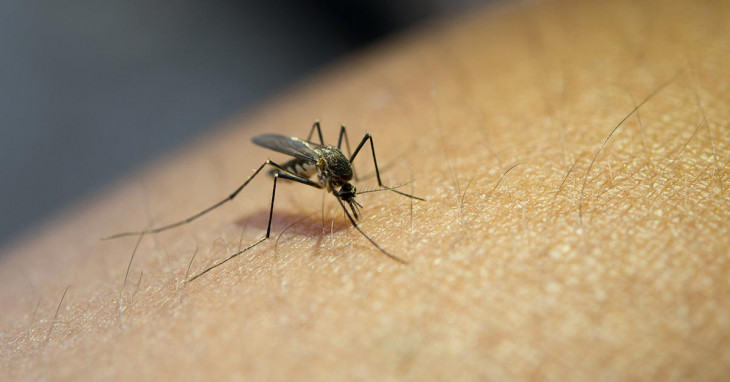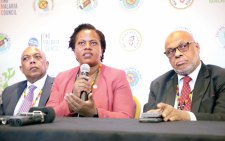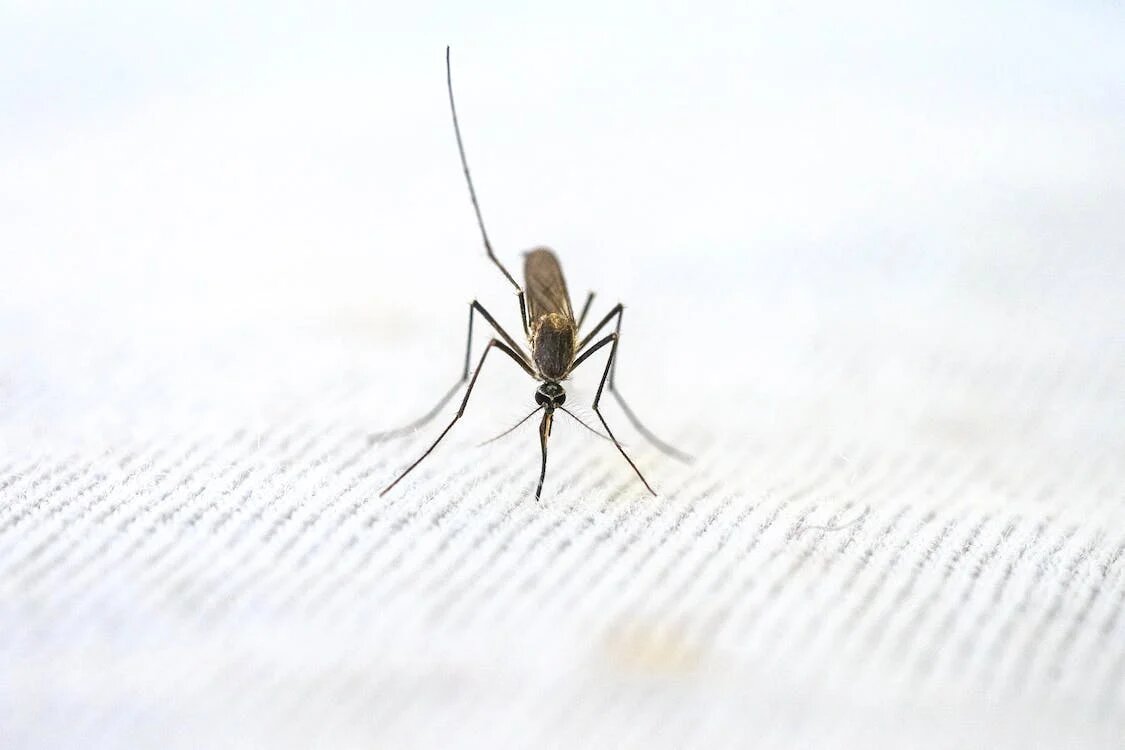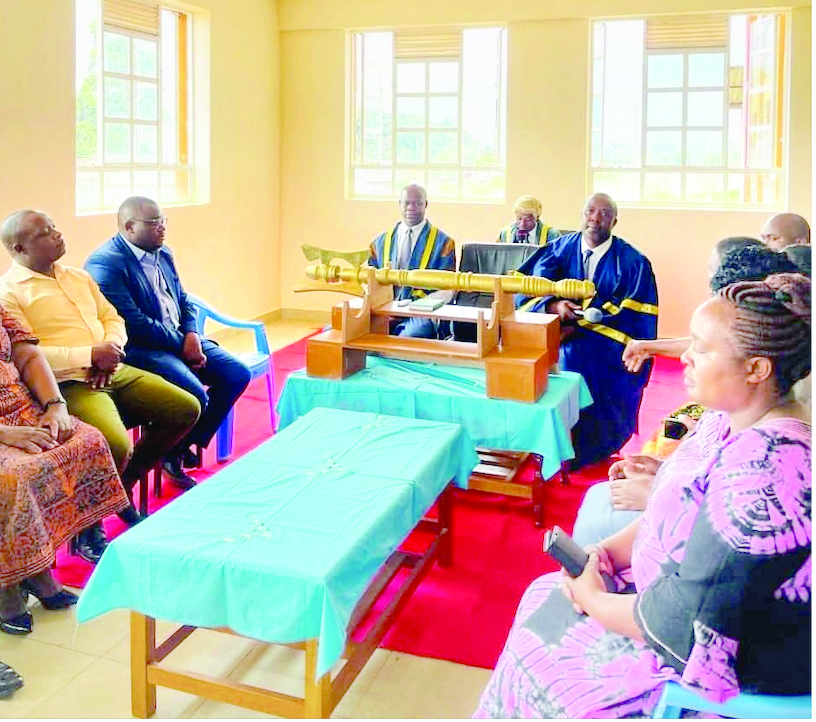Malaria prevalent counties report drop in infections over rainy season

Three counties that usually report high malaria prevalence during the October-November short rains have been marked as safe from the killer disease in the period under review.
Yesterday, the Meteorological Department said malaria epidemic early prediction for Kakamega, Kisii and Nandi counties indicates a low risk of the disease outbreak.
According to Dr David Gikungu in charge of Meteorological Services at the Kenya Meteorological Department, despite increased temperatures, a weather condition conducive for the anopheles mosquito, the malaria vector, to thrive it has not been the case.
“The model outputs for the malaria epidemic early prediction system for the western highlands of Kenya indicate low risk of malaria outbreak in all three areas in the months of October and November,” he said last evening.
The weather observations indicate generally an increase in maximum temperature in all the three areas.
Climate data for September indicates an increase in maximum temperature from 26.8°C in August to 27.3°C in September.
“However, the maximum temperature anomaly in September was positive (0.4 above the mean of the month),” he noted.
Rainfall increased from 119.1 in August to 189mm in September.
However, the additive model percentage risk in September for Kakamega County was 13.6 percent.
“Consequently, there is low risk of the malaria epidemic outbreak in Kakamega in October and November,” he said.
According to Gikungu Kakamega’s epidemic threshold level is 30 per cent, while Kisii and Nandi is 20 per cent, respectively.
The climate data for Kisii in the month of September indicates an increase in maximum temperature from 24.7°C in August to 25.4°C in September.
“This observation in September was negative (0.6°C below the mean of the month). Rainfall increased from 138.7mm in August to 178.0mm in September. The model output risk is nil,” he said.
This, therefore, Gikungu noted has no risk of malaria epidemic in Kisii in the month of October and November. The maximum temperature in Nandi increased from 22.6°C in August to 23.7°C in September. This observation in September for Nandi was positive – 0.4°C above the mean of the month.















